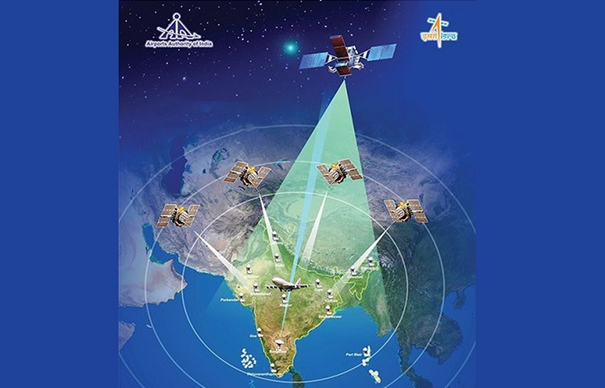Context
Recently, the government has exempted Boeing 787 aircraft in India from complying with indigenously developed GAGAN navigation system until December 2025.

About GAGAN (GPS Aided GEO Augmented Navigation)
- GAGAN is an Indian Satellite Based Augmentation System jointly developed by the AAI and the Indian Space Research Organisation.
- Its main aim is passengers' safety by guiding pilots to precision landing on runways.
- It is the first such system developed for India and neighbouring countries in the equatorial region.
- GAGAN uses a system of ground stations:
- Based in Delhi, Guwahati, Kolkata, Ahmedabad, Thiruvananthapuram, Bengaluru, Jammu and Port Blair to provide necessary augmentation to the GPS navigation signal.
- A network of precisely surveyed ground reference stations is strategically positioned across the country to collect GPS satellite data.
- The system will be interoperable with other international SBAS systems and provide seamless navigation across regional boundaries.
- The GAGAN Signal-In-Space (SIS) is available through GSAT-8 and GSAT-10.
Other countries
- There are only three other space-based augmentation systems available in the world which include:
- Wide Area Augmentation System in the U.S
- European Geostationary Navigation Overlay Service
- Japan's Multi-functional Satellite Augmentation System.
Significance of GAGAN
- Smaller airports will benefit: Once fully rolled out, it will make several smaller airports such as those in the North-East capable of having compliant aircraft land in low-visibility scenarios.
- Poor weather and low visibility: This new technology provides a substantial operational benefit in poor weather and low visibility conditions.
- Tool to alert before natural disaster: AAI in coordination with Indian National Centre for Ocean Information Services (INCOIS) has implemented GAGAN Message Service (GMS) through which alert messages to fishermen, farmers, and disaster affected people will be sent on the occurrence of natural disasters, calamities, such as flood, earthquake etc.
- Landing: GAGAN helps aircraft with guided landing at airports that do not have instrument landing systems for low-visibility operations or an aid where two radio beams provide pilots with vertical and horizontal guidance during landing.
- Safety and Traffic management: It helps the aviation industry in maintaining safety with increased traffic and reducing the infrastructure needed on the ground.
- Disaster management: It aids during natural disasters like floods and earthquakes by sending messages to affected people.
- Other benefits: Besides aviation, it provides services in forest management, railway signalling, and scientific research for atmospheric studies, natural resource and land management, location-based services, mobile, and tourism.
